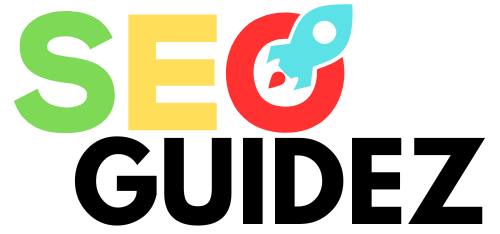Numbers like 22.4875/1.45 often appear in mathematical, financial, or scientific contexts. While they may seem complicated at first glance, understanding their meaning and application can simplify many real-world problems. This article dives into the division of 22.4875 by 1.45, exploring its calculation, implications, and practical uses.
What Does 22.4875/1.45 Represent?
At its core, 22.4875/1.45 is a division operation. It involves splitting the value 22.4875 into 1.45 equal parts. The result of this division helps us understand proportions, rates, or other relationships between these two numbers.
Breaking Down the Calculation Process
When dividing, the numerator (22.4875) is the value being divided, while the denominator (1.45) is the value it is divided by. The division results in a quotient that provides meaningful data, such as rates or proportions.
Importance of Precision in Division
Precision is critical in calculations like 22.4875/1.45. A small error can lead to significant discrepancies, particularly in fields like finance or engineering. Ensuring accurate inputs and careful calculation prevents costly mistakes.
Applications in Mathematics
Division is one of the fundamental operations in mathematics. The calculation of 22.4875/1.45 could represent a ratio, a proportion, or the solution to a larger equation. Mastering division is a cornerstone of mathematical literacy.
Applications in Finance
In financial contexts, division is used to determine rates, such as interest rates or currency conversions. For example, dividing a total amount by a unit rate helps calculate the cost per unit or total items purchased.
Applications in Science
Scientific experiments often rely on ratios and proportions for accuracy. The division of 22.4875 by 1.45 might represent the rate of change, a density calculation, or a component of a larger formula in fields like physics or chemistry.
Real-Life Example: Currency Conversion
Imagine you have 22.4875 units of one currency and need to convert it at an exchange rate of 1.45. Dividing these values provides the equivalent amount in the desired currency. This is a practical example of division in action.
Real-Life Example: Rate Calculations
Consider a scenario where 22.4875 represents total miles traveled and 1.45 represents hours. Dividing the two yields an average speed of approximately 15.51 miles per hour. Such calculations are common in logistics and travel planning.
Tips for Manual Division
While calculators simplify division, manual methods are invaluable for developing mathematical skills. Here are some tips:
- Align decimal points carefully.
- Simplify the numbers to make calculations easier.
- Double-check the results for accuracy.
Challenges in Division with Decimals
Dividing decimal numbers like 22.4875 by 1.45 can be tricky, especially when done manually. Common challenges include misplacing decimal points or misinterpreting significant digits. Practice and attention to detail are key to overcoming these hurdles.
The Role of Technology in Division
Technology has revolutionized how we perform calculations. Tools like calculators, spreadsheet software, and apps have made complex operations like 22.4875/1.45 faster and more accurate. However, understanding the manual process ensures a deeper grasp of the concept.
Why Understanding Division Matters
Division is not just a mathematical operation; it’s a tool for solving real-world problems. Whether you’re managing finances, planning travel, or conducting experiments, mastering division enhances your ability to make informed decisions.
Conclusion
The calculation of 22.4875/1.45 might seem simple, but its implications are vast. From understanding ratios and rates to solving practical problems, this operation demonstrates the power of division in everyday life. By mastering both manual and technological methods of calculation, you can apply these skills in diverse fields, ensuring precision and efficiency in your work.
FAQs
What is the result of 22.4875/1.45?
The result is approximately 15.51.
Why is precision important in calculations?
Precision prevents errors in critical fields like finance, engineering, and science.
Can manual division replace calculators?
Manual division helps build foundational skills but may not match the speed and accuracy of calculators.
How is division used in daily life?
Division is used in budgeting, calculating rates, and converting measurements.
What tools can simplify division?
Calculators, spreadsheet software, and apps are excellent tools for quick and accurate division.

